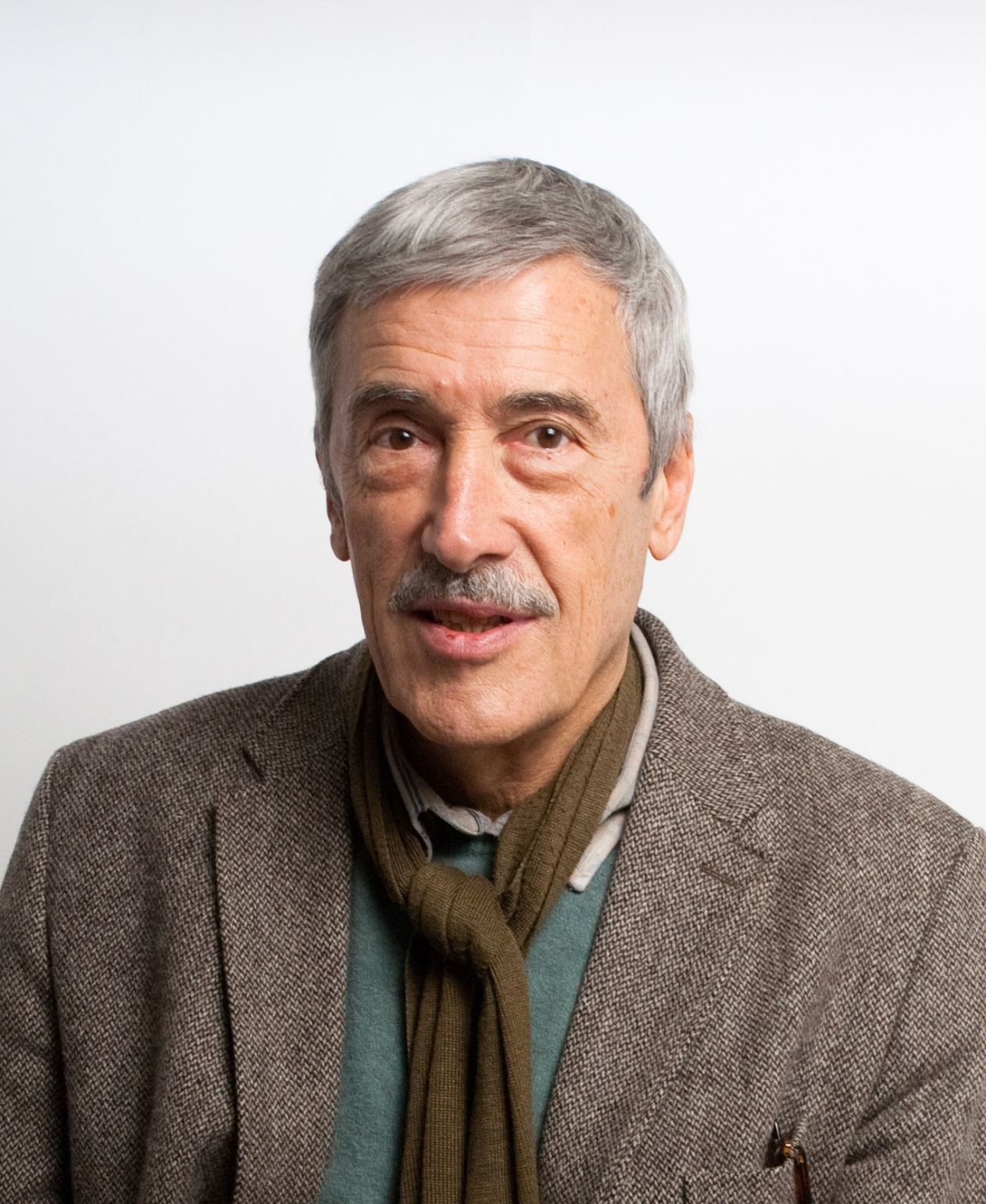An Architect about Architecture and Architects
In this article, we are giving a summary of a lecture by Alexander Skokan. The author’s subtitle is a subjective attempt to share about the professional problems.


11 January 2019

Written by: